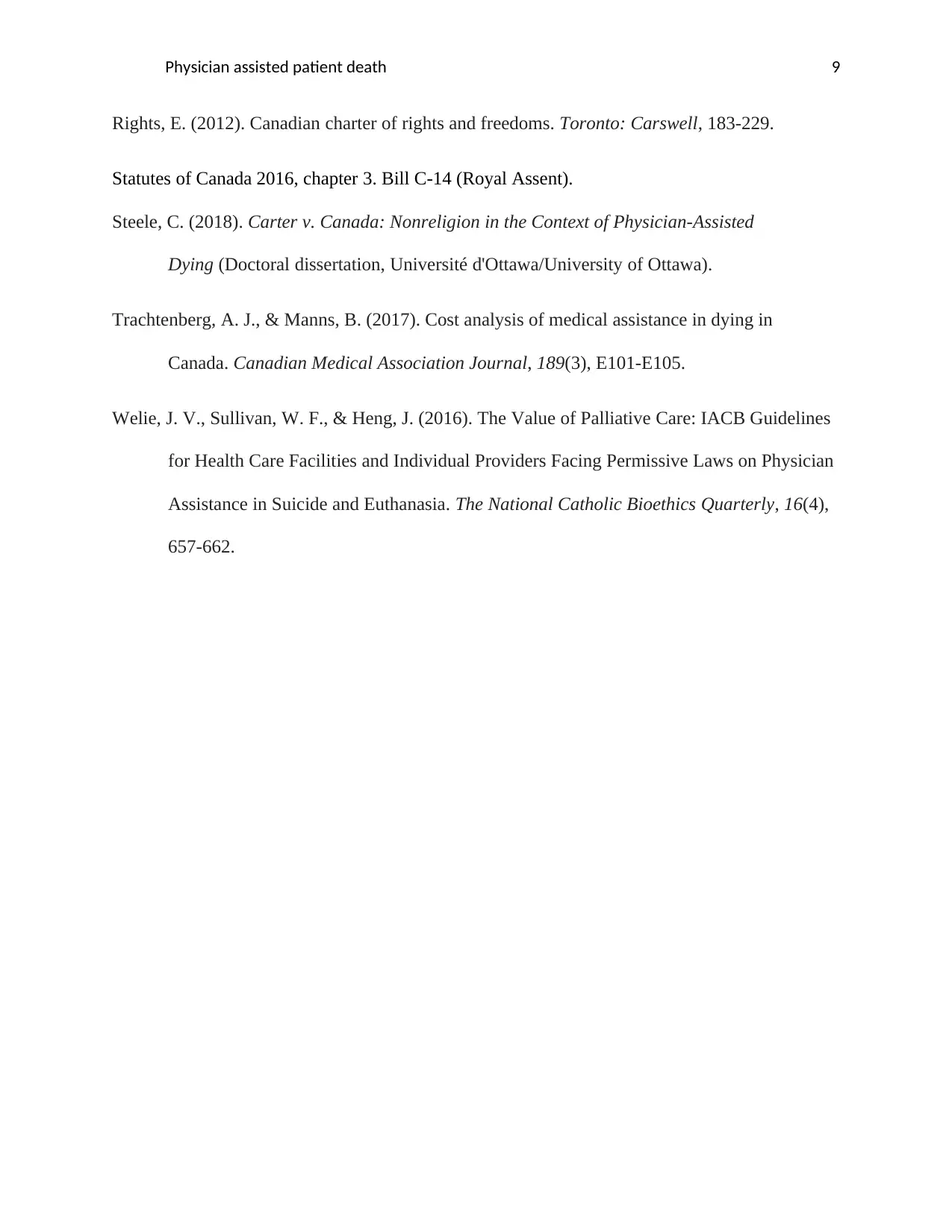The case of Carter vs Canada legalized physician assisted patient death in Canada. This ruling has had a significant impact on Canadian law and society. Patients, medical practitioners, and families have all been affected. The decision has given patients the right to dictate their medical care and end their suffering caused by an irremediable medical condition. Medical practitioners can now carry out this procedure without fear of being held liable. The law has also prevented unnecessary medical bills and improved the quality of life for patients and their families. The bill was signed by the royal assent in 2016 and includes several exemptions for medical practitioners and nurse practitioners to assist in dying to avoid unnecessary suffering.
![[object Object]](/_next/static/media/star-bottom.7253800d.svg)
![[object Object]](/_next/static/media/star-bottom.7253800d.svg)








